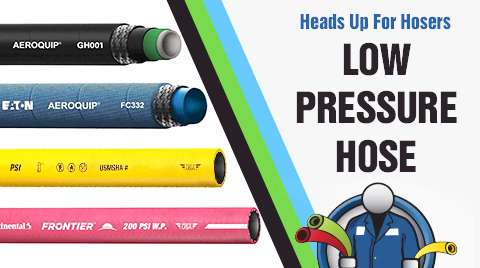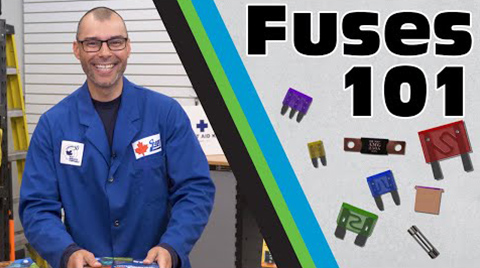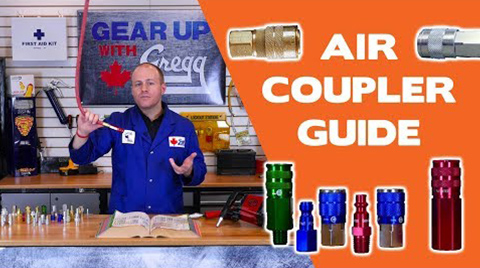Gloves are important since they protect the part of our body that we use the most and put at the highest level of risk—our hands. Every day our hands are at risk for damage and depending on your job site, you might be faced with more of these dangers than you think. But understanding the needs of your workplace is only the first step in safety.
In 2016, glove protection standards went through a complete overhaul, adding more ways to test the new, innovative gloves on the market. But why did they need to create updated standards? Well, the answer is simple—it’s because of change! Why do car companies come out with new models every year, or why does Apple keep reinventing the iPhone? It’s because someone knew that there was room for improvement, for something better than what was already available. The same innovative thinking is behind the recent updates to glove protection standards. As technology has advanced, so have the products that glove manufacturers create. Because of that, the way we test the gloves, and the rating system, needed to change as well.
GLOVE STANDARDS
American National Standards Institute (ANSI)
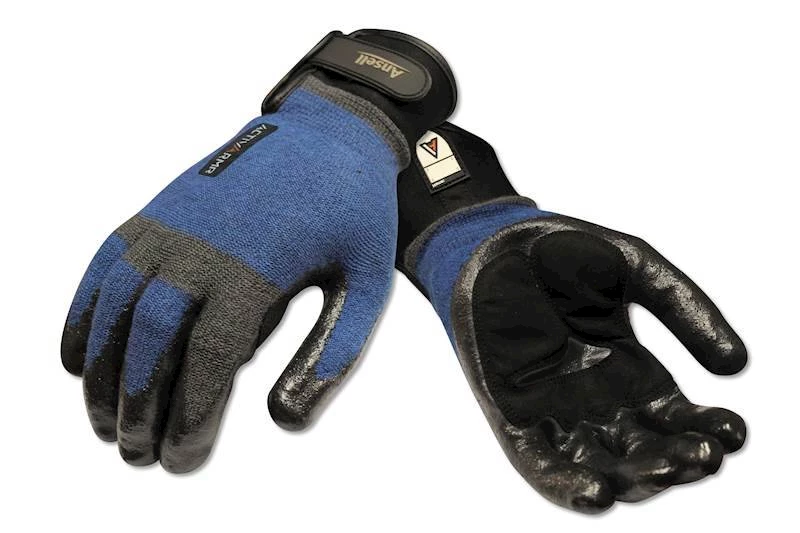
The American National Standards Institute (ANSI) hand protection classification was developed by the International Safety Equipment Association (ISEA). The ANSI standard for cut resistance was revised in February 2016 to expand the five levels to nine. This was, in part, because the fourth level covered such a large range—all the way from 1,500 grams to 3,499 grams of cut protection. But what do those numbers mean?
The grams of protection refers to the amount of weight, and pressure, applied to a blade before the blade cuts through the glove. To test a glove’s protection level, a swatch of fabric is cut from the palm of the glove and placed on the testing machine, which then runs a straight-edge razor blade across the fabric several times. A weight is applied to the top of the blade to measure the pressure applied in grams. The weight continues to increase until the blade finally cuts through the fabric. The amount of weight applied when the glove is finally cut represents that glove’s cut resistance.
Cut Resistant Levels
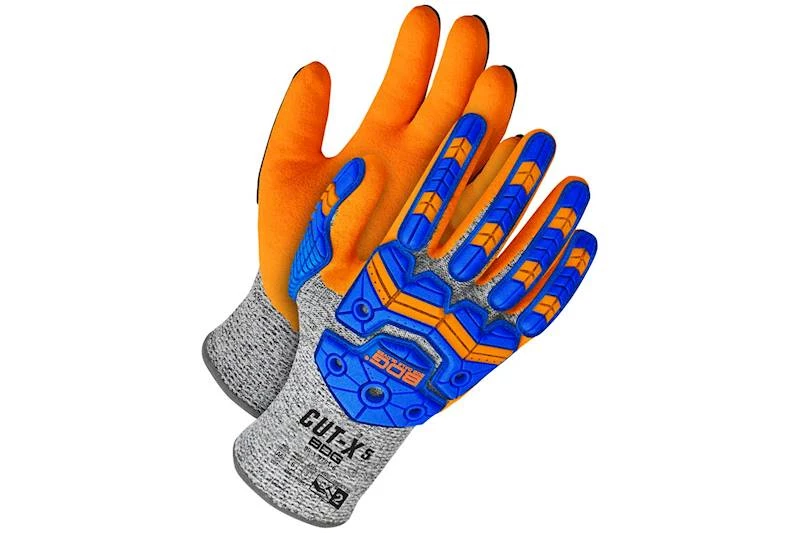
The new standards split the amount of pressure applied in grams evenly across the nine levels. This ensures a more accurate representation of the cut resistance of each glove, which means you’re better equipped for finding the right glove for the job. Levels A1 through A3 are suitable for light cut risk, level A4 are suitable for light to medium cut risk, levels A5 and A6 are suitable for medium cut risk, and levels A7 through A9 are suitable for high cut risk. Another major change with the ANSI update was the maximum threshold for cut resistance—it was increased from 3500 to 6000+ grams! A new needle/puncture test was also added, so people who work in environments where those hazards are prevalent, such as the medical or waste disposal field, can make a more informed decision about which gloves best suit their needs.

European Standards (EN 388)
The second set of glove standards is the European Standards (or EN) 388. The EN standards give manufacturers another way to show the level of protection any particular pair of gloves might have. For instance, an employer may tell you to get a level four EN cut-resistant glove… but not provide you with the ANSI level. If the gloves only had one shield, you would be left guessing what glove might be best—a risk you don’t want to take when the safety of your fingers is involved!

The EN 388 Standards are represented by a shield with four numbers and two letters below. These were updated in 2016 since the previous standards were over 14 years old. The numbers and letters, from left to right, represent a glove’s abrasion resistance, old cut resistance, tear resistance, puncture resistance, new cut resistance, and impact protection.
Cut Resistant Levels
The first letter represents the new test for cut resistance. This letter is determined by the results of the test, ranging from A to F, with F being the highest level of cut resistance. So, a “C” level glove would have a cut resistance ranging from 1,000 to 1,499 grams while a “D” level glove would have a cut resistance ranging from 1,500 to 2,199 grams.
The final letter, the impact test, is intended for gloves that are designed to protect against impact. A “P” means that the glove passed the impact test, while an “F” means that the glove failed it. Gloves that do not fit the category aren’t tested, and receive an “X” for “not tested.” In general, if an “X” appears anywhere on the EN 388 rating, it means that the glove was not tested or the test was not applicable to the glove.
Finally, the "CE" marking indicates that the product complies with the essential requirements of the European health, safety, and environmental protection legislation and may be legally placed on the market. This marking is required before a product can be sold in the European marketplace. To earn this marking, you must identify and check the requirements for your product, check if your product must be tested and test it, and supply a technical document proving that your product fulfills all the requirements. That’s a lot of work for two little letters!
Here at Gregg’s, we carry some of the major brand names in gloves, such as Ansell, Watson, Showa, and more! Whether you need high-level, medium-level, or low-level cut resistance, we’ve got you, and your hands, covered. So, if you have any other questions, please don’t hesitate to contact us! Also, don’t forget to give us a follow-on social media and subscribe to our email list so you can stay up to date with what is happening here at Gregg Distributors!



